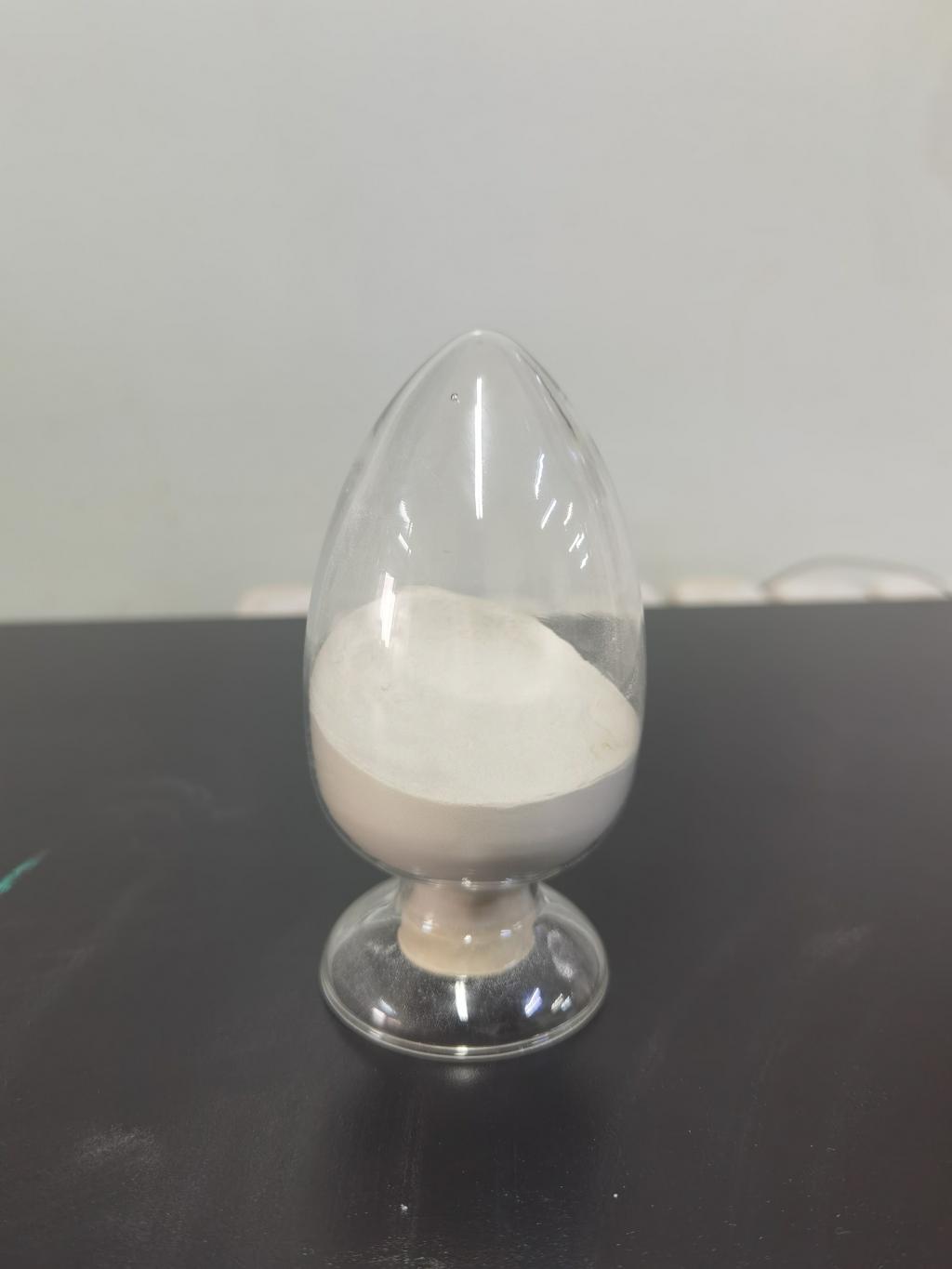Tel:+8618231198596

News
 CONTACT
CONTACT
 CONTACT
CONTACT
- Linkman:Linda Yao
- Tel: +8618231198596
- Email:linda.yao@dcpharma.cn
- Linkman:CHARLES.WANG
- Department:Overseas
- Tel: 0086 0311-85537378 0086 0311-85539701
News
Nisin as a Key Player in the Fight Against Foodborne Illness.
TIME:2023-11-15
1. Understanding Nisin:
Nisin, initially discovered in the 1920s, is a bacteriocin produced by certain strains of Lactococcus lactis. It has garnered attention for its unique mechanism of action, primarily targeting Gram-positive bacteria by disrupting their cell membranes. This section provides a detailed understanding of nisin's mechanism of action, emphasizing its specificity and effectiveness against foodborne pathogens.
2. Broad-Spectrum Antimicrobial Activity:
One of nisin's notable features is its broad-spectrum antimicrobial activity, which includes the inhibition of notorious pathogens such as Listeria monocytogenes and Staphylococcus aureus. This section highlights key studies and findings that underscore nisin's efficacy in preventing the growth and survival of these pathogens in various food matrices.
3. Applications in Food Preservation:
Nisin's applications in food preservation are diverse and far-reaching. From dairy products to meat and beyond, this section explores the wide range of food applications where nisin has proven effective. Additionally, the synergistic effects of nisin when used in combination with other preservation methods are discussed, showcasing its versatility in ensuring food safety.
4. Nisin's Role in Biofilm Prevention:
Biofilms, a common mode of bacterial growth on food surfaces, pose a persistent threat to food safety. Nisin's ability to inhibit biofilm formation is a crucial aspect of its contribution to preventing foodborne illness. This section explores the mechanisms by which nisin disrupts biofilms and its potential applications in food processing environments.
5. Safety and Regulatory Considerations:
Ensuring the safety of food preservatives is paramount. This section discusses the safety profile of nisin, emphasizing its Generally Recognized As Safe (GRAS) status. Furthermore, it addresses regulatory considerations and the importance of establishing appropriate guidelines for the use of nisin in food applications.
6. Challenges and Future Outlook:
While nisin holds immense promise, there are challenges that warrant attention. This section examines issues such as the emergence of nisin-resistant strains and the need for standardized testing methods. Moreover, it explores the potential avenues for overcoming these challenges and outlines the future prospects of nisin in the fight against foodborne illness.
7. Conclusion:
Nisin, with its remarkable antimicrobial properties and diverse applications, emerges as a key player in the ongoing battle against foodborne illness. Its ability to target a broad spectrum of pathogens, inhibit biofilm formation, and contribute to overall food safety makes it a valuable tool for the food industry. As research continues, further understanding and optimization of nisin's applications will undoubtedly strengthen its position in safeguarding our food supply.
In conclusion, the multifaceted role of nisin in combating foodborne pathogens highlights its significance in enhancing food safety. As we navigate the complex landscape of foodborne illnesses, the continued exploration and utilization of nisin underscore its potential as a key player in ensuring the safety and integrity of the global food supply.
- Tel:+8618231198596
- Whatsapp:18231198596
- Chat With Skype







